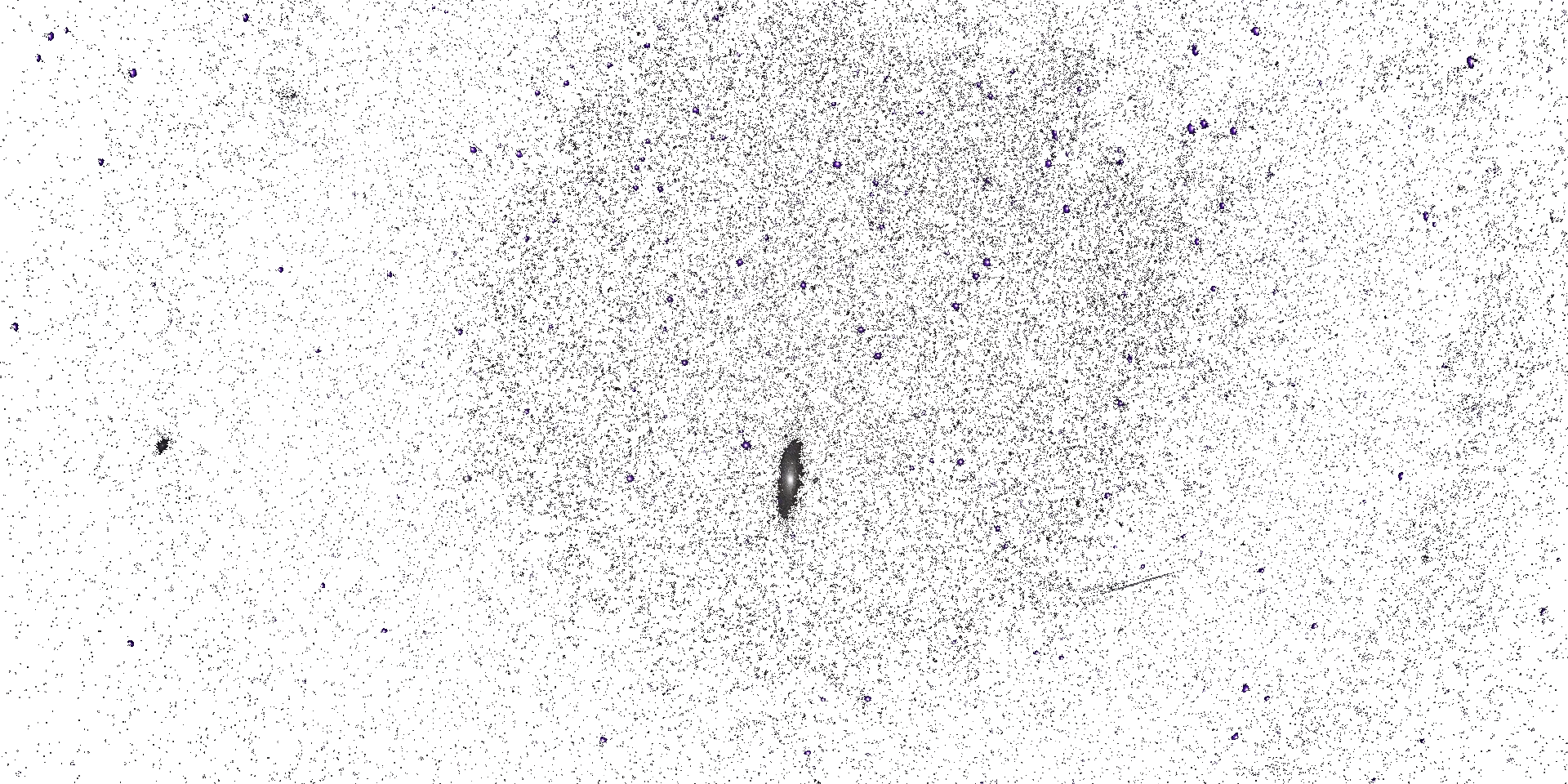




Space Climate 8 Meeting Abstract
Reconstruction of the global solar wind structure using interplanetary scintillation observation and coronal magnetic field parameters obtained from PFSS extrapolation
Ken'ichi Fujiki (Institute for Space-Earth Environmental Research (ISEE) , Nagoya University)
Munetoshi Tokumaru, Kazumasa Iwai
Institute for Space-Earth Environmental Research (ISEE) , Nagoya University
The solar wind is an important piece of information in space weather, space climate, and heliophysics, however, we have not yet fully understood its origin and acceleration mechanism and its propagation in the heliosphere. Especially for the space climate, a variation of the global solar wind structure provides the key to understanding. Interplanetary scintillation (IPS) observation at the Institute for Space-Earth Environmental Research (ISEE) started routinely in 1985, and it allows us to reconstruct global solar wind velocity structure in each Carrington rotation (CR) without winter. Here, to derive long-term variations, ISEE-IPS data are converted into latitudinal velocity structure data such as sunspot butterfly maps. It is clearly seen that the solar wind is composed of two types of solar wind with about 400 km/s (slow solar wind) and 800 km/s (fast solar wind), known as the bimodal solar wind, and their boundary latitudes depend highly on solar cycles. In this study, the bimodal boundary latitude is defined as the latitude at a longitudinally averaged solar wind velocity of 600 km/s. The solar wind is accelerated in the low plasma-beta corona; it is confined along a magnetic field open to the interplanetary space. The origin of the solar wind closely relates to the photospheric magnetic field distribution. Therefore, the solar wind origin can be estimated potentially by calculating the coronal magnetic field. We introduce the Potential Field Source Surface (PFSS) analysis which is known as one of the robust techniques to extrapolate the coronal magnetic field from the photosphere to interplanetary space, then, we estimate the distribution of the photospheric origin of the solar wind and compare solar wind velocities to various parameters of coronal magnetic structure from 1985 to 2021. As a result, we obtain the following results. 1) Solar wind origins distribute a similar pattern of photospheric magnetic butterflies. 2) A good correlation (r~0.7) is found between the boundary latitudes and tile angles of the heliospheric current sheet (HCS). 3) A good correlation is found between the bimodal boundary latitudes and a parameter defined by using the PFSS spherical harmonics. 4) the solar wind structure is well reconstructed from a latitudinal structure of magnetic flux expansion rate, however, reproducibility of the bimodal boundary is reduced compared to 2 and 3. These results can be used to fill the winter gaps in ISEE-IPS observation and to extrapolate the global solar wind structure, and finally, we reconstruct the global solar wind structure back to 1975 when modern solar observations began.
